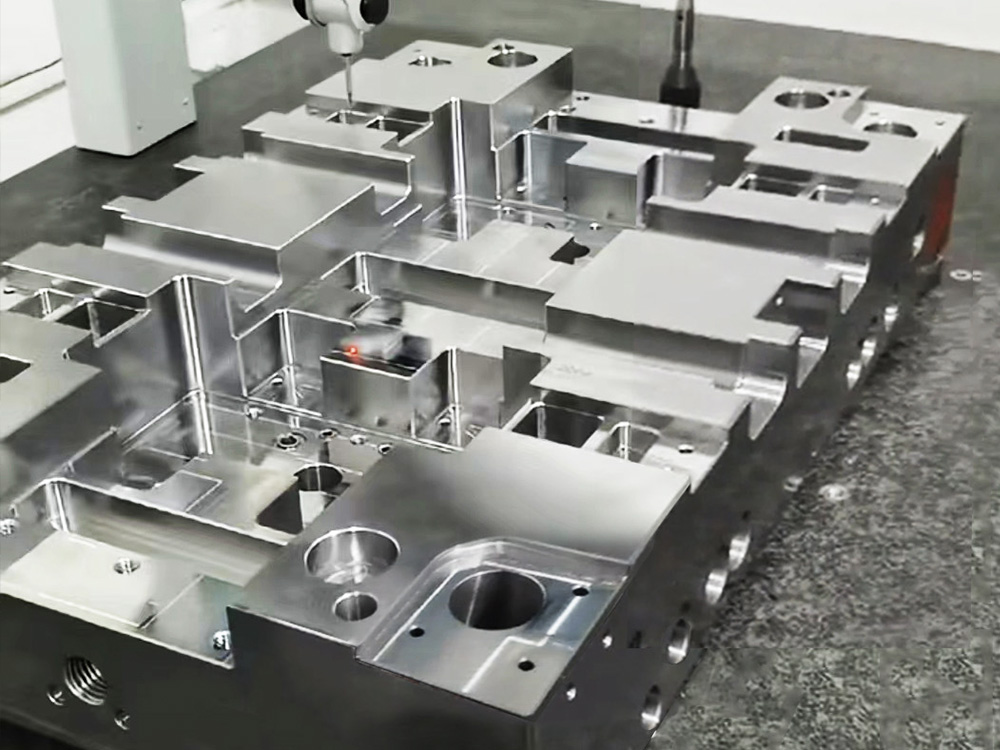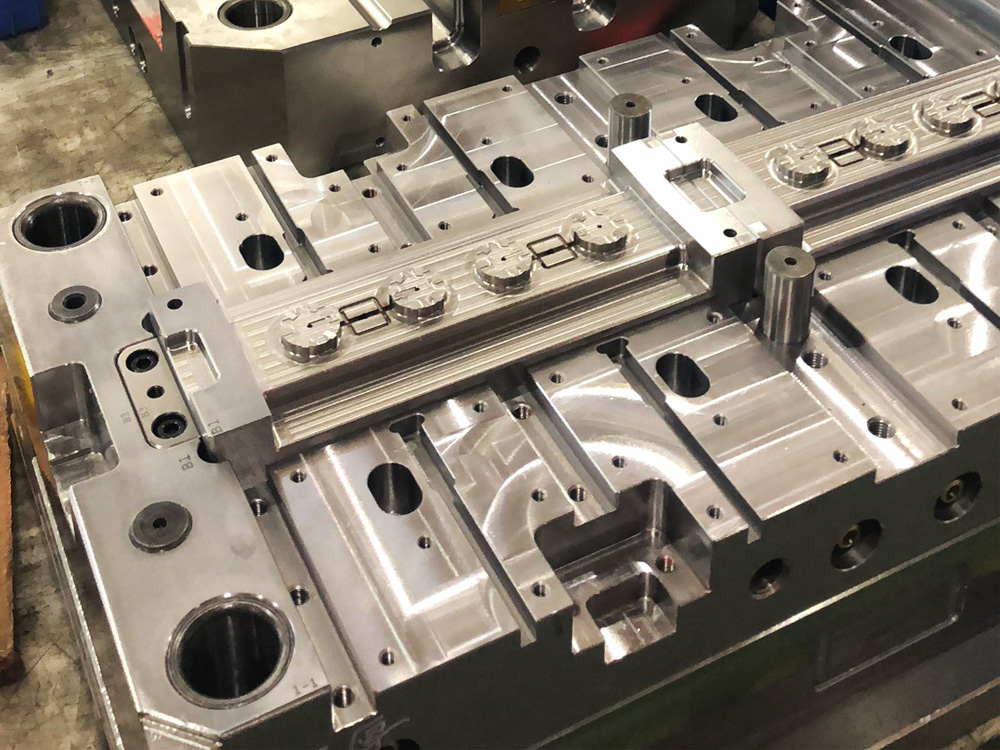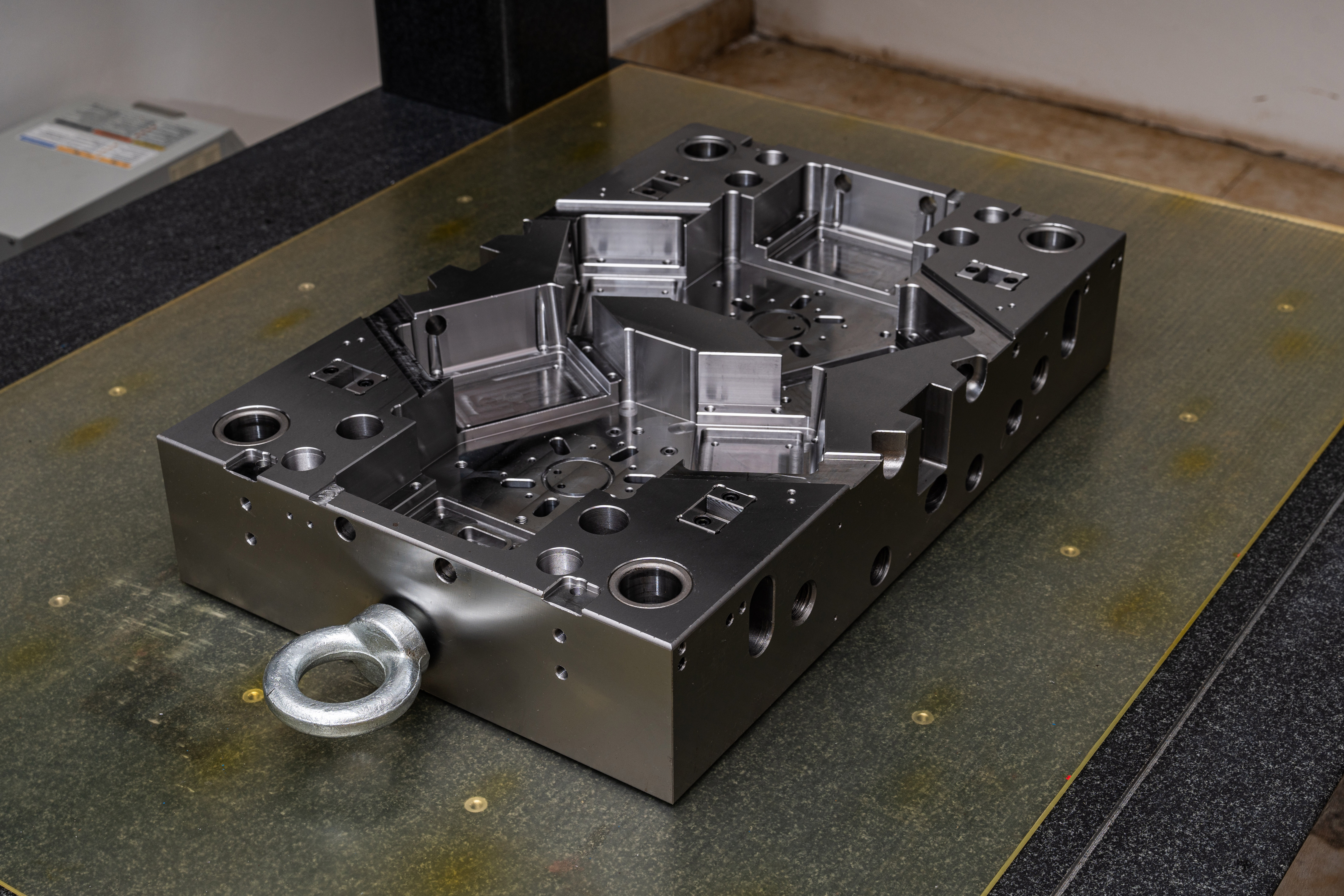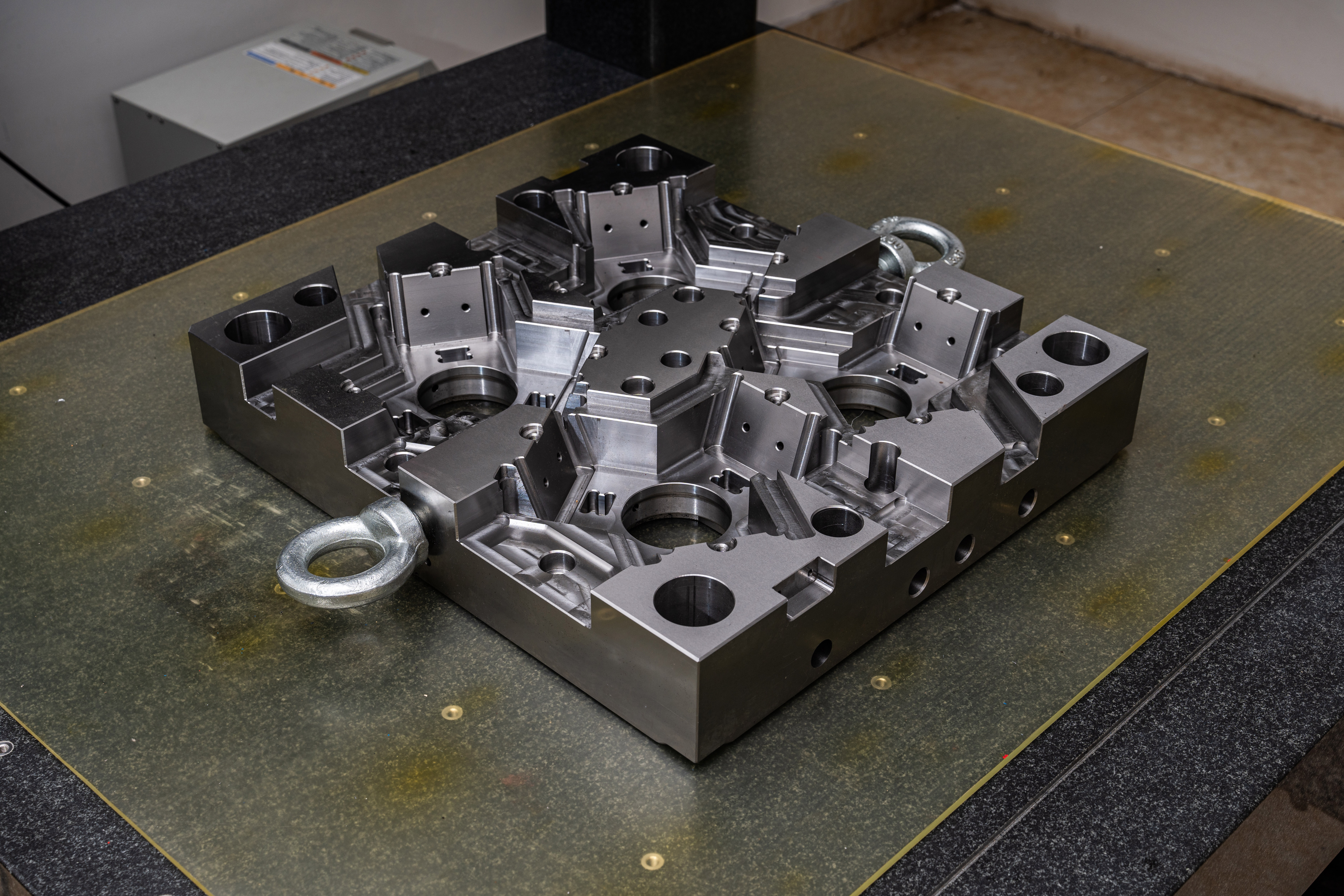How to Calculate the Materials Requirement for a Support Frame in the Mold Base Industry
A support frame is an essential component in the mold base industry, providing stability and structural integrity to the mold. Calculating the materials requirement for a support frame requires careful consideration of various factors, such as the weight and dimensions of the mold, the type of material to be used, and the desired level of support. In this article, we will discuss a step-by-step process for determining the materials requirement for a support frame in the mold base industry.
Step 1: Determine the Weight and Dimensions of the Mold
The first step in calculating the materials requirement for a support frame is to determine the weight and dimensions of the mold. This information is crucial in selecting the appropriate material and designing the frame to provide adequate support. Gather accurate measurements of the mold's length, width, and height, and calculate its total weight in pounds or kilograms.
Step 2: Select the Material for the Support Frame
The material chosen for the support frame plays a significant role in determining its strength and durability. Common materials used in the mold base industry include steel, aluminum, and composite materials. Consider the weight-bearing capacity and cost-effectiveness of each material option before making a decision. Consulting with industry experts or referring to material specification charts can aid in selecting the most suitable material for the support frame.
Step 3: Calculate the Load-Bearing Capacity Required
The load-bearing capacity required for the support frame depends on the weight of the mold and the desired safety factor. The safety factor is a design consideration that increases the load-bearing capacity of the frame to ensure stability and prevent failure. Typically, a safety factor of 3 to 5 is recommended. To calculate the load-bearing capacity required, multiply the weight of the mold by the desired safety factor.
Step 4: Design the Support Frame
Designing the support frame involves determining the appropriate dimensions and structure to meet the calculated load-bearing capacity. Consider factors such as the number and placement of support beams, the type of connections, and the overall stability of the frame. Using CAD software or consulting with a structural engineer can be helpful in creating an effective design for the support frame.
Step 5: Calculate the Materials Requirement
Once the design for the support frame is finalized, it is necessary to calculate the precise amount of materials required. This calculation includes considering the dimensions of the support frame and the type of material to be used. This can be done by multiplying the lengths, widths, and heights of each section of the frame by the density of the chosen material. This will provide an accurate estimation of the weight of materials required for the support frame.
Conclusion
Calculating the materials requirement for a support frame in the mold base industry is a crucial step in ensuring the stability and structural integrity of the mold. By following the step-by-step process outlined in this article, professionals in the field can accurately determine the materials needed for an effective support frame. Remember to consider factors such as the weight and dimensions of the mold, the desired safety factor, and the material specifications to create a support frame that meets all requirements.




